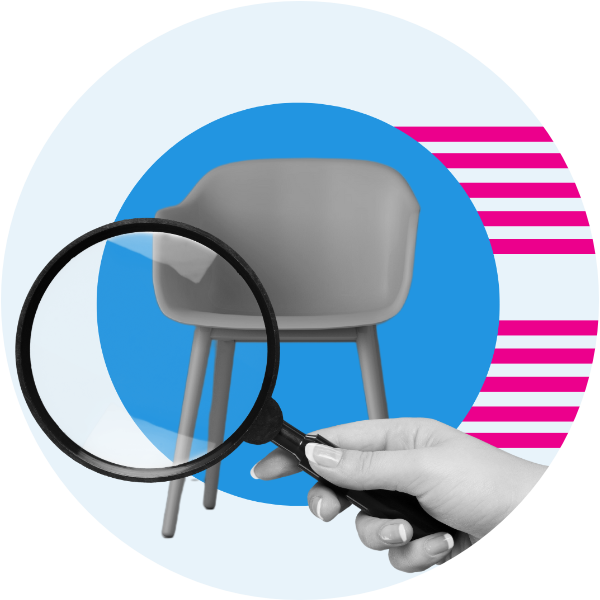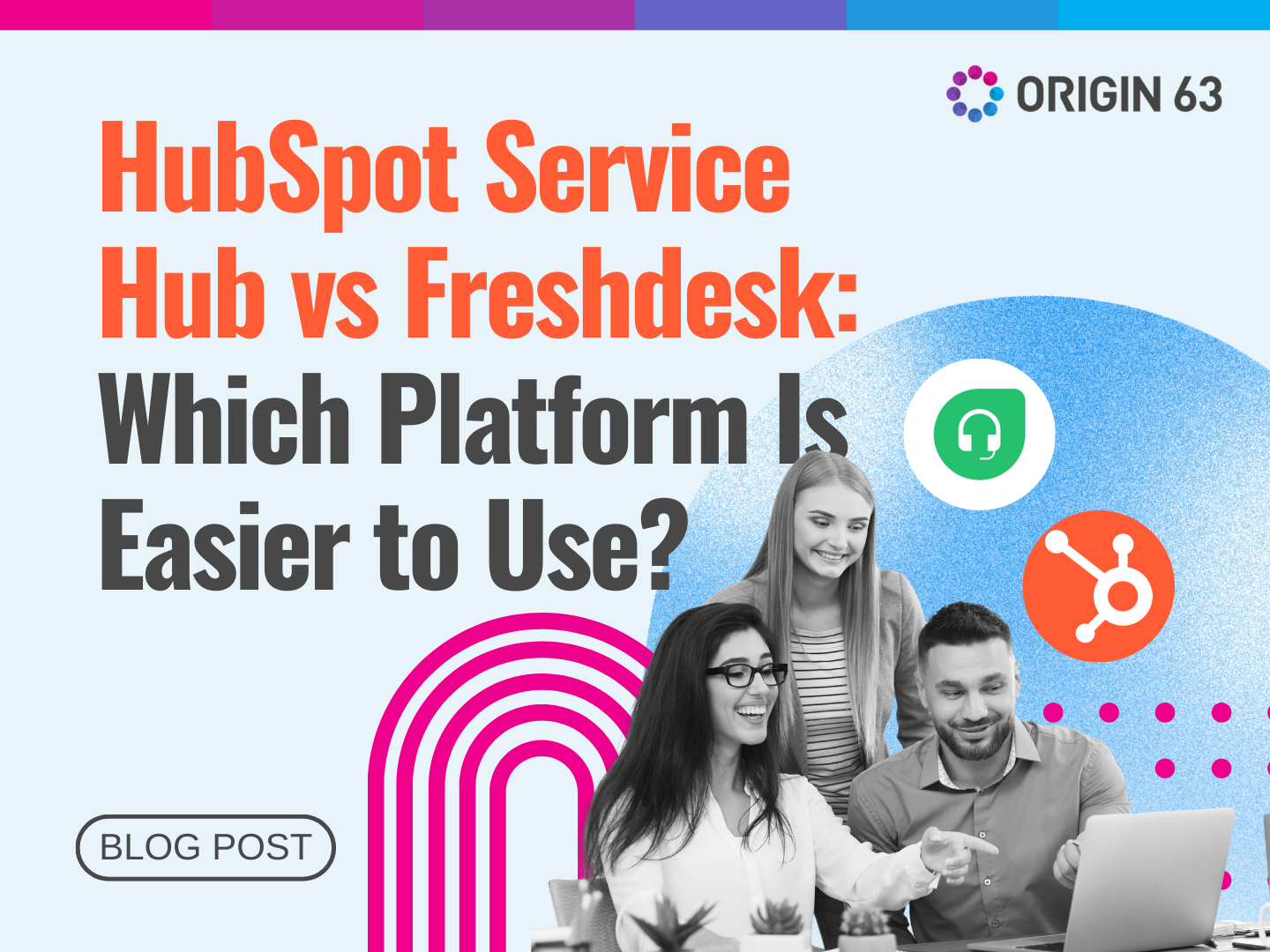An efficient ticketing system is the backbone of a streamlined customer service. However, simply implementing a software isn’t enough.
Transforming support operations requires robust analysis of ticket data to uncover operational gaps, thorough process optimization based on insights uncovered, and empowering agents with knowledge and tools to excel.
Let’s explore proven strategies to level up your ticketing capabilities. Learn how to leverage analytics to identify areas for improvement and implement best practices around workflows and automation.
What’s Ticketing in Customer Service?
Ticketing refers to the systems customer service teams use to keep track of customer issues and requests.
It works by creating a "ticket" for each question or problem. This ticket contains the customer's details, a description of the issue, any communications about it, and updates on solving it.
So, as customers reach out through email, live chat, self-service sites, etc., all those interactions get logged as tickets in one place.
It gives agents the entire story so they can provide personalized support. Everything's documented in one spot, so nothing falls through the cracks.
Best Practices for Ticketing Efficiency
Optimizing your ticketing processes goes beyond tools — you should implement best practices that enable agents to work efficiently.
Here are three actionable tactics to implement immediately:
Create Standard Operating Procedures for Ticket Handling
Your team works best when the SOP is precise, efficient, and fits your business operations and goals. Why?
Having an SOP lets all agents deliver consistent customer experiences. You also ensure that they provide positive experiences because SOPs reinforce optimized practices.
One way to develop an SOP is by documenting playbooks that establish expectations around triaging priorities, when to escalate, handling routine issues, workflows, etc.
Once you have your SOP, align it with your ticketing system. If you’re using HubSpot Service Hub, you can create workflows and customize ticket pipelines.
Provide Ongoing Training for Customer Service Representatives
The best ticketing software in the market is useless if your reps don’t know how to use it, even if you pair it with efficient SOPs. Your agents should know their way around the system to maximize its full potential.
Conduct regular ticket-handling training focusing on processes, complex workflows, new capabilities, soft skills, and more. Doing so improves agent effectiveness.
Encourage Continuous Improvement and Feedback
If you want your customer service to stay competitive, you should seek continuous improvement.
One way to do so is by listening to your service reps dealing with tickets daily. Solicit their feedback on potential ticketing issues. Even better, empower them to pitch new ideas for improvement.
Another way to encourage improvement is by utilizing survey data and metrics. Let’s further explore this in the next section.
Analyzing and Improving Ticketing Performance
Our last post discussed choosing the right ticketing system for you. We also shared some strategies for implementing that system to maximize your processes.
This time, let’s go in-depth on continuously improving your performance. Just follow these three simple steps:
Step 1: Monitor Key Metrics for Ticketing Efficiency
Start by tapping into the data at your fingertips. Metrics help you measure how well your ticketing processes are doing.
Some important metrics to track include:
- First response time
- Resolution time
- Reopen rate
- Customer satisfaction
- Tickets by type
- Repeat incidents
But don’t just look at the numbers. Leverage reporting to find trends and patterns in your data. Doing so is easier when your platform has integrated analytics that automatically finds patterns in your data.
Step 2: Utilize Data to Identify Bottlenecks and Areas for Improvement
Next, you need to translate this data into insights you can interpret. If you look closely at the patterns, they may point to critical problem areas.
Here are examples of possible data you may find and their equivalent issues:
- Long resolution times may indicate insufficient agent skills.
- High reopen rates for the same issues can signal unresolved root causes.
- Inconsistent resolution times for similar issues could show a lack of standardized agent training.
Step 3: Implement Changes Based on Analytical Insights
Finally, use the insights you gained from ticket data analysis to drive procedural, resource, and workflow changes that address bottlenecks.
For example, if the data shows a lack of standardized training, retrain your agents and clarify your SOP.
Follow a feedback loop of constant measurement and improvement.
5 Common Challenges in Ticketing and Solutions
Even when you follow ticketing best practices, you'll likely run into some common hurdles. Don't worry - every problem has a strategic solution.
Here are some typical ticketing challenges you may encounter and how to fix them:
1. Poor Visibility Due to Disjointed Systems
Poor visibility happens when interactions are scattered across separate channels like email, chat, and self-service. Agents struggle to get the full context of customer issues.
Consolidate interactions into a unified ticketing platform for complete visibility. Integrate all channels like email, chat, and self-service portals.
2. Difficulty Prioritizing Urgent Issues
When every ticket looks high priority, agents waste time figuring out which to tackle first. Customers with truly urgent issues get frustrated.
Set up Service Level Agreements (SLAs) and priority levels like low, medium, and high. Use assignment rules to route high-priority tickets to specialized teams instantly.
3. Repeated Customer Requests for Information
Without access to past conversations and documentation, customers must reexplain issues. Agents waste time getting up to speed.
Equip agents with knowledge base access and visibility into previous threads. Implement a customer portal with past ticket visibility.
4. Lack of Insights from Reporting
With limited analytics, you're in the dark about volumes, resolution times, and agent performance. There are no data-driven improvements.
Select tools with robust analytics and customizable dashboards to uncover trends and guide optimizations.
5. Inefficient manual workflows
Tired routing, notifications, and escalations workflows drain agent productivity and drag down response times.
Leverage your workflow automation to handle these repetitive tasks and boost productivity instantly.
Tips for Ensuring Long-term Success with Ticketing Systems
Getting your ticketing solution up and running is just the first step. You also need to ensure long-term success by continually optimizing processes and adoption.
Review Workflows Quarterly
Customer support needs and ticket volumes change over time. Set reminders to review your ticketing workflows every quarter to catch any process improvements needed. As your business evolves, so should your workflows.
Leverage New Platform Features
When your ticketing vendor releases updated features, don't let them go to waste! Stay on top of change logs. Identify new capabilities like automation that could optimize workflows. Roll out features through training and monitor usage.
Encourage Agent Collaboration
Great ideas often come from agents collaborating and sharing their ticketing best practices. Provide informal spaces, like online forums or "lunch and learns," for agents to trade tips on processes, difficult tickets, customer interactions, and more.
Analyze Trends and Gaps
Leverage your reporting to uncover macro trends across support tickets. Analyze recurring customer issues, spikes in volume, and shifts in sentiment. Identify gaps this data reveals and brainstorm processes to address them.
Promote Success Stories Internally
When agents have big ticketing wins, like slashing resolution times or improving customer satisfaction, ensure the whole company hears about it! Promote these success stories in newsletters or meetings. It builds momentum and engagement.
Wrapping Up
Efficient Ticketing transforms customer service delivery. By centralizing interactions, optimizing workflows, and leveraging automation, teams resolve issues swiftly and deliver personalized experiences.
Choosing a feature-rich platform is just the first step to long-term success. The real work comes in analyzing data to uncover gaps, continually optimizing processes as needs evolve, and letting agents collaborate and share best practices.
When you lay this foundation, you empower agents with the tools and knowledge needed to analyze, adapt, and excel in customer support.
Analyze, Implement, and Excel with HubSpot Service Hub
HubSpot Service Hub is an integrated, cutting-edge CRM platform with a ticketing system. It provides robust customization, automation, omnichannel messaging, and actionable analytics.
Our experts at Origin 63 implement optimal configurations tailored to your needs, ensuring smooth onboarding. We enhance ticketing processes and deliver ongoing training for results.
Contact us to discuss how Service Hub can help your company provide efficient, satisfying support at scale!













.png?width=90&height=90&name=Arrows%20Partner%20Badge-test%20(1).png)

